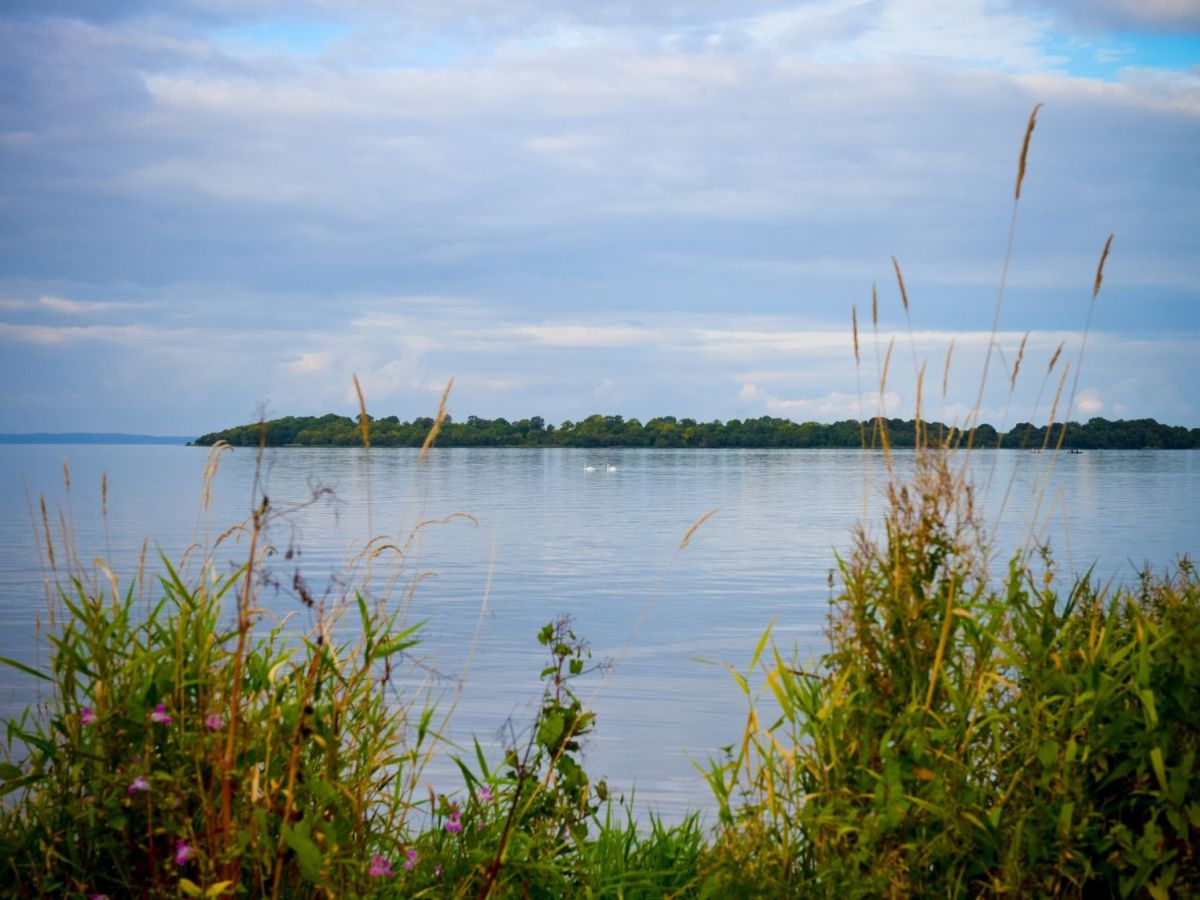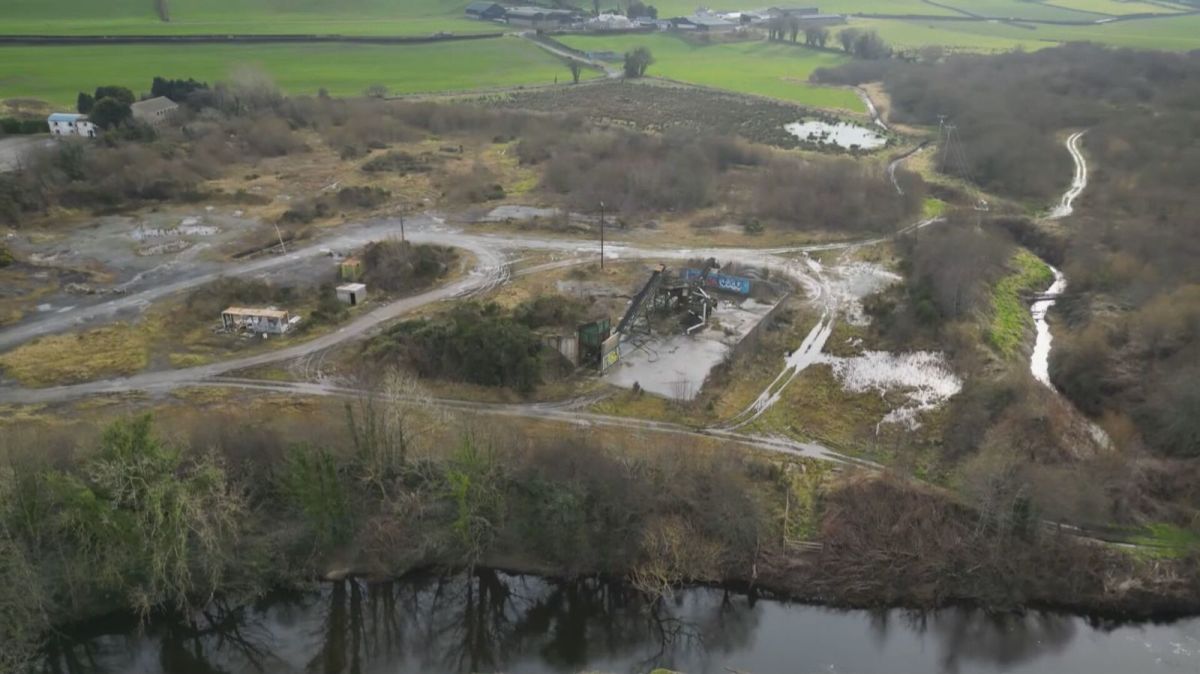Lough Neagh is the UK’s largest freshwater lake, which supplies half of Belfast’s drinking water and 40% of Northern Ireland’s total. It also hosts Europe’s largest commercial wild eel fishery.
Blue-green algae, scientifically referred to as cyanobacteria, are microscopic organisms naturally present in lakes and streams. However, under specific conditions – warm, shallow, calm water that is nutrient-rich and exposed to plenty of sunlight – these algae can multiply rapidly. This leads to algae blooms, which may discolour the water or develop floating mats on the water’s surface. They can cause skin irritation and illness in humans who come in contact with them, but the greatest danger they pose is to pets, livestock, and wildlife.
Blue-green algae has been detected in Lough Neagh for the first time this year. Its return is not unexpected, but the danger it poses to wildlife and animals is as real as ever. Our Mid Ulster reporter Niall McCracken has this update pic.twitter.com/QImmPadiNR
— BBC Newsline (@bbcnewsline) April 15, 2025
In an interview, Gerry Darby from the Lough Neagh Partnership said he wasn’t surprised by the presence of the algae in the lough. The unusually good, dry weather has contributed to the increase of the algae, and recent studies in the area have shown that “it will take a long time to resolve the problem of blue-green algae in the lough”, said Gerry.
Darby emphasised that the blue-green algae isn’t just a water quality issue, as it also impacts biodiversity and the lough’s designation. Efforts are underway with DAERA to strengthen protections and improve the lough’s overall health.
Nevertheless, he said the partnership is exploring several solutions, including an environmental farm scheme aimed at reducing the nitrate runoff by encouraging farmers to change certain practices. He also highlighted the sustainable catchment programme, which involves collaborations with Minister Muir, DAERA, and the local catchment management teams. However, the extent and intensity of algae blooms in the upcoming months will depend on various factors, particularly weather conditions. The public is urged to report any suspected blooms through the Bloomin’ Algae app.















